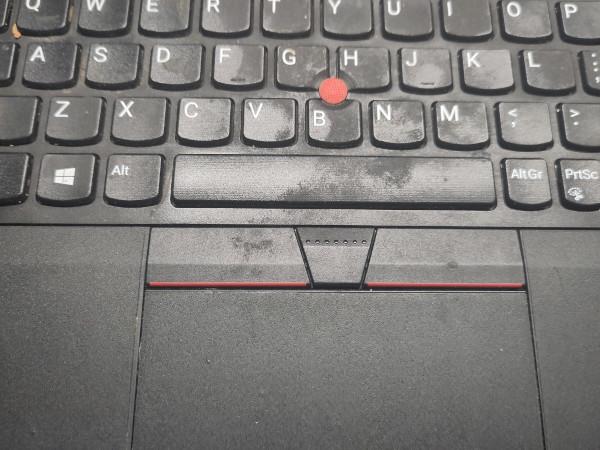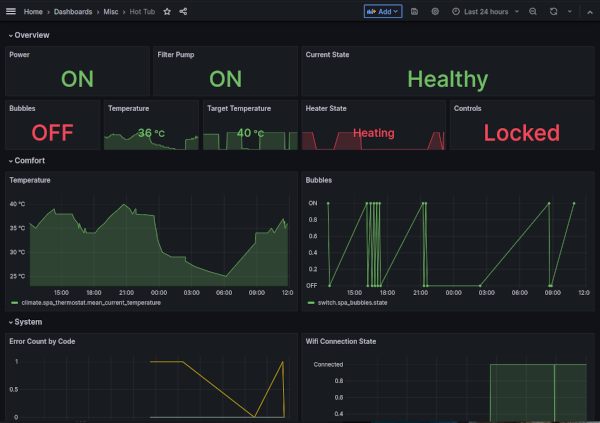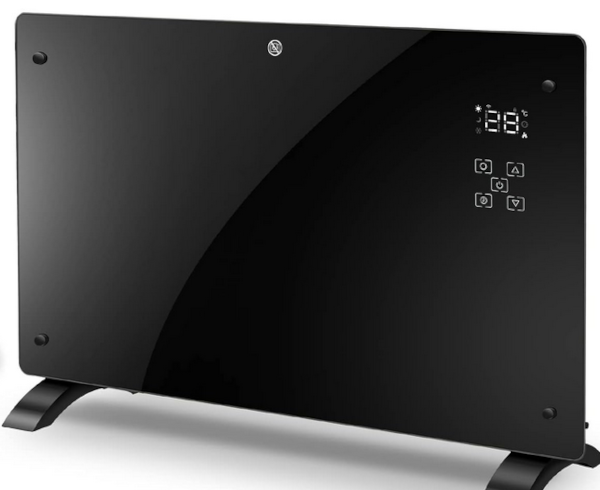Nextcloud News Stopped Syncing My Feeds
I subscribe to various RSS feeds using Nextcloud News.
It makes them easily accessible on my phone whilst ensuring that things will be marked read if I instead read the feed on my desktop (that's not to say that it's perfect, though: as I've written previously, I also use fediverse notifications to help make sure that I see new posts).
Recently, however, my phone has generated fewer notifications for Nextcloud News. It actually took me a little while to notice: I was still getting some notifications, including for a once-weekly serial so it seemed like things were working (humans are bad at noticing the absence of things etc etc)
Eventually, though, it occurred to me that I hadn't seen a notification for https://neilzone.co.uk/ in quite a while. Neil posts semi-frequently and I'd definitely seen things going about in the Fediverse, so this struck me as odd.
When I went into Nextcloud News to check, the latest post showing for Neil's feed was dated February 2022. Either I'd failed to notice the feed not updating for 2 years or something else had broken.
The latter seemed much more likely - I remembered that at some point during the last couple of years, Neil redesigned his site and the feed moved, around that time I updated News to use the new url (but probably hadn't checked very carefully after that).









